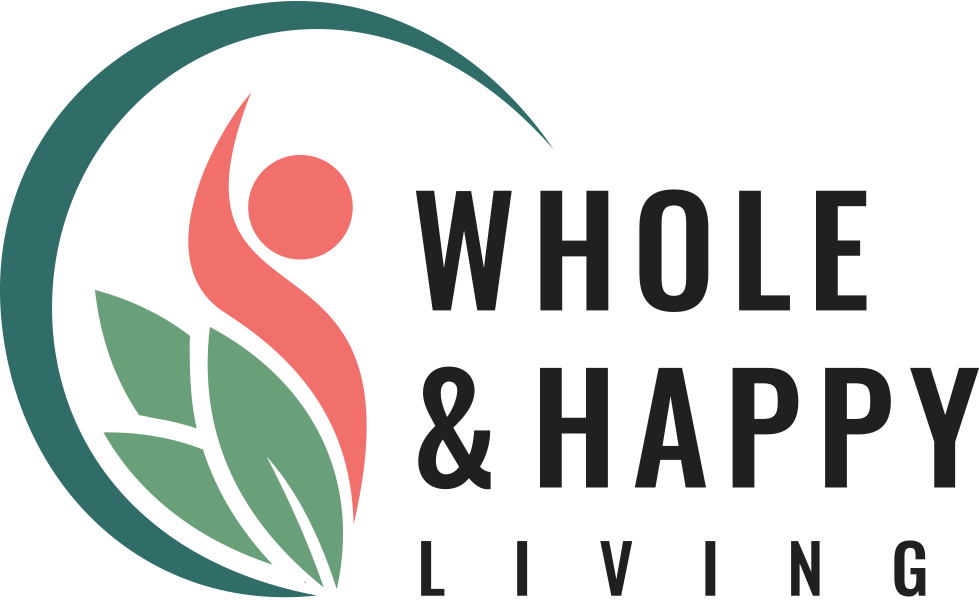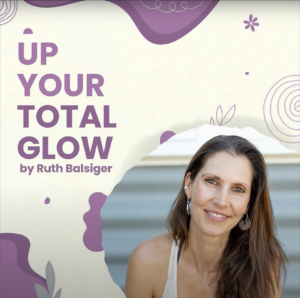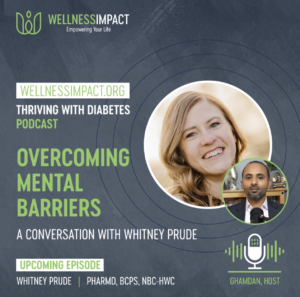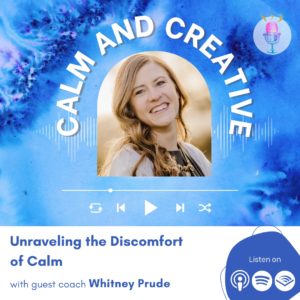In my 15 years in the fitness industry, I’ve tried nearly every weight loss exercise you can think of—running, cycling, HIIT, yoga, stair climbing, you name it. During this time, I’ve helped hundreds of women lose weight and achieve their dream bodies. In this blog post, I’ll reveal the best weight loss exercises that I’ve personally tried and that have worked for many of my clients. This guide will help you reach your weight loss goals without wasting time on ineffective workouts.
The Goal: Burn Calories and Shed Excess Fat
When it comes to exercising for weight loss, the primary goal is to burn more calories than you consume. This calorie deficit helps your body burn off the excess fat it has been storing. However, it’s important to note that exercise alone won’t do the trick—you need to combine it with healthy nutrition. Eating too much or too little can hinder your weight loss results, so balance is key.
Running: The Classic Calorie Burner
First up is running. Whether you love it or hate it, running remains one of the best and simplest ways to burn calories. To maximize calorie burn while running, vary your workouts. Doing the same routine week after week won’t challenge your body enough. Mix up your runs with different speeds and types—try slow and steady runs, comfortable and hard runs, or intervals. Variety is crucial for continuous adaptation and progress.
Walking: The Low-Impact Powerhouse
Walking is another excellent exercise for weight loss, especially for those who require low-impact activities. It’s perfect for beginners or individuals with diabetes, as walking after meals can help lower blood glucose levels. While walking isn’t as intense as running, a moderate-paced walk can put you in the fat-burning zone, where you burn a higher percentage of fat.
HIIT Workouts: Efficiency at Its Best
High-Intensity Interval Training (HIIT) is ideal for those with busy schedules. HIIT involves quick, intense bursts of exercise followed by periods of low intensity or rest. HIIT workouts are incredibly effective for burning calories and boosting your metabolism. In just a 10-minute HIIT session, you can burn around 150 calories, making it a time-efficient way to achieve significant results.
Strength Training: Build Muscle, Burn Fat
Strength training offers numerous benefits, particularly for weight loss. Building lean muscle mass helps rev up your metabolism because muscle tissue burns more calories than fat tissue. Another perk of strength training is the afterburn effect; you continue to burn calories for several hours post-workout as your body repairs and builds muscle. Strength training is essential for maintaining a high metabolic rate, especially as you age and your metabolism naturally slows down.
Burpees and Rowing: Cardio Meets Strength
Burpees and rowing are fantastic options if you’re looking to combine cardio and strength training. These exercises incorporate high-intensity movements with strength training, allowing you to burn 50% more fat than strength training alone. They provide a great total body workout, targeting the glutes, quads, hamstrings, core, arms, and back.
Jump Rope: Fun and Effective
Jumping rope is an excellent way to burn calories, improve cardiovascular health, tone muscles, and enhance coordination. Plus, you can do it anywhere. In terms of calorie burn, jumping rope is comparable to running, cycling, and swimming. Jumping rope at an average pace can burn calories at a rate similar to running an 8.5-minute mile.
Yoga: Stress Relief and Calorie Burn
Yoga might not be the first exercise that comes to mind for weight loss, but it has its place. Power yoga, especially in a hot studio, can rev up your calorie burn. Yoga also offers hidden benefits, such as lowering cortisol levels. High cortisol levels from stress signal your body to conserve energy, making weight loss harder. Yoga helps lower cortisol, allowing your body to burn calories more effectively.
Finding Your Best Exercise
Each of these exercises has its benefits and can contribute significantly to weight loss. However, the absolute best workout for you is the one that you will do consistently. Find what you enjoy and stick to it.
Beyond Exercise: The Bigger Picture
It’s important to remember that weight loss isn’t just about exercise. Exercise accounts for only about 20% of the results. Your mindset, diet, and habits are critical. That’s why I’ve created a comprehensive guide on how to lose 40 pounds in the next four months. This guide covers everything from the best exercises to the right nutrition and habit formation. Click here to access the guide and start your journey to a healthier, fitter you.
Thanks for reading, and stay tuned for more tips on achieving your weight loss goals!


 Building Healthy Habits for Type 2 Diabetes
Building Healthy Habits for Type 2 Diabetes